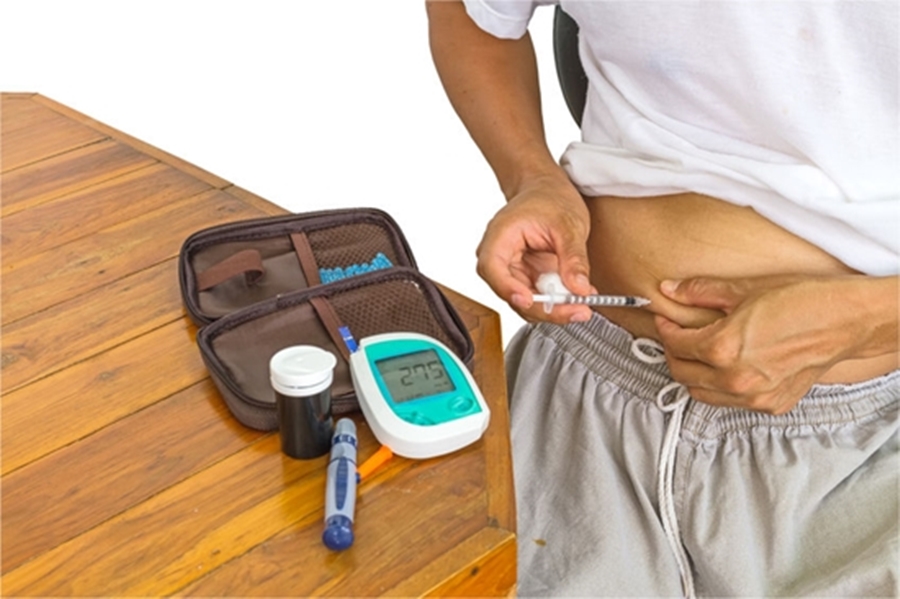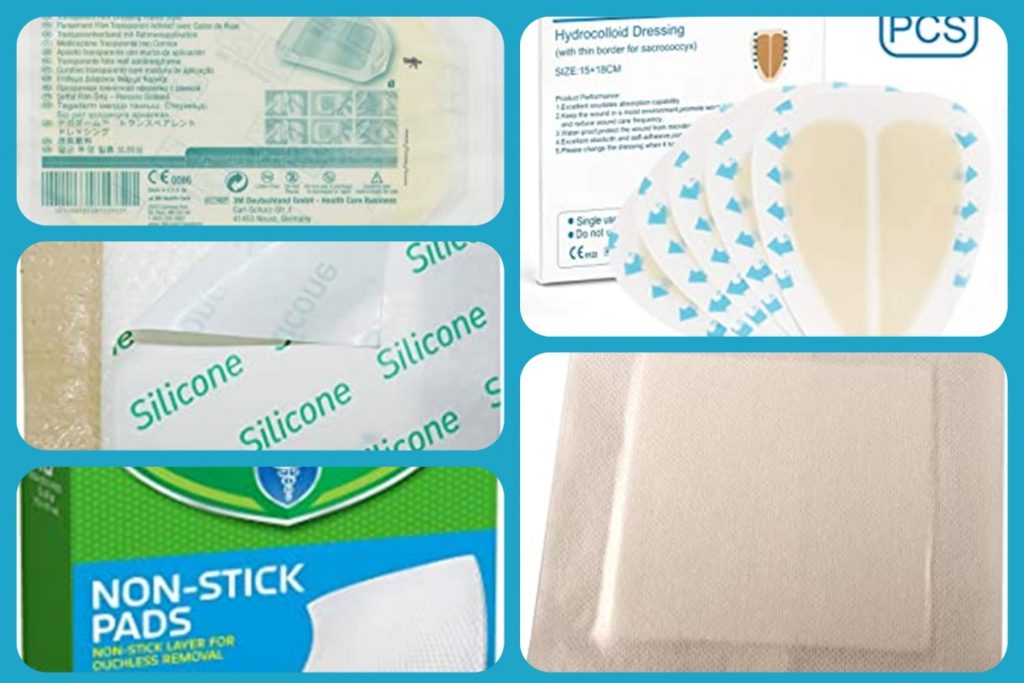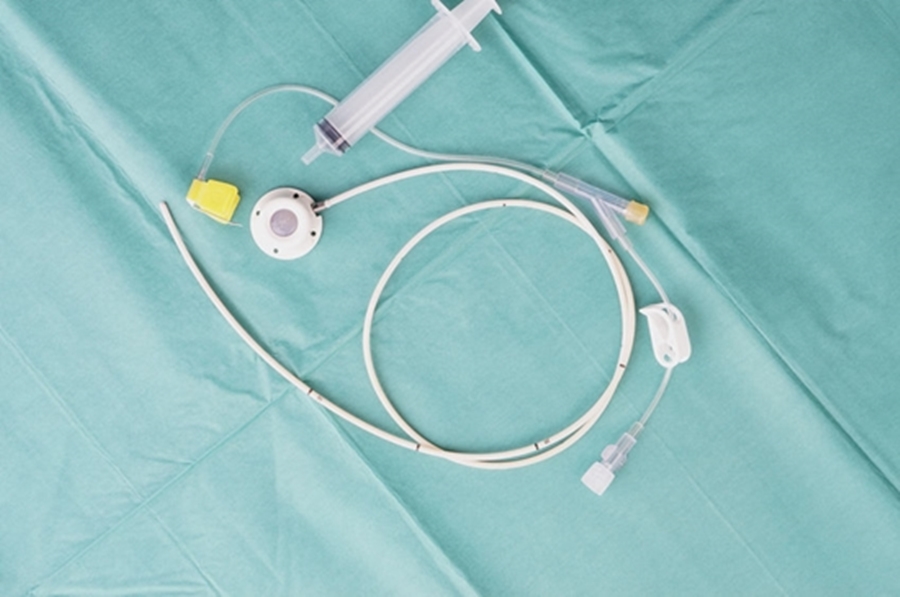Mixing Insulins
- Read the order to determine the total insulin you will have when the two are combined.
- Roll the two bottles between your hands to mix each.
- Clean the tops of each with alcohol
- Draw up air equal to the dose of NPH insulin to be given.
- Insert it into the bottle and remove the syringe from the NPH bottle.
- Draw up air equal to the dose of Regular Insulin needed.
- Insert it into the Regular insulin vial.
- Withdraw the dose required for Regular insulin.
- Check for and remove air bubbles.
- When the dose is correct, remove the syringe.
- Insert the syringe into the NPH bottle, and withdraw the ordered amount of NPH insulin.
- DO NOT push back air into the bottle if you have an air bubble.
- If you need to adjust for an air bubble, remove the syringe from the vial and fix it outside the bottle.
- Confirm you have the correct dosage.
- Inject medication within 5-15 minutes.
Video: How to Mix Insulins
Produced by: RegisteredNurseRN
Precautions for mixing Insulins
- Never mix Lantus (long-acting insulin) with anything!
- After mixing NPH and Regular insulin, you must give the injection within 5-15 minutes because regular insulin binds to NPH and decreases its activity.
- Always check for signs of hypoglycemia (low blood sugar) before giving mixed doses because the mixture may make it worse. Symptoms include being sweaty, clammy, fast heart rate, confusion, sugar less than 70
Always withdraw the clear (Regular) Insulin from its vial first when mixing insulins before inserting a needle into the NPH (Cloudy) Insulin to prevent cross-contamination of the two.
How to Prepare Insulin to Administer
- Roll the vial gently between your palms to mix the insulin.
- Clean the rubber stopper with an alcohol swab.
- Remove the needle cover and pull back the plunger to draw air into the syringe. The amount of air should equal the insulin dose. Next, push the needle into the rubber stopper and inject the air into the vial.
- Turn the bottle upside down and draw the insulin dose into the syringe.
- Remove air bubbles by tapping the syringe or injecting air into the bottle. Then, redraw the correct amount of insulin.
- Remove the needle from the bottle. Recap the needle if you are not giving the shot immediately.
Administering the Injection
- Select your injection site (the one you have not used in the past month).
- Clean the skin with alcohol.
- Remove the needle cap. Lightly pinch up an area of skin.
- Insert the needle at a 90-degree angle.
- Push the plunger down. Release the pinched skin.
- Pull the needle straight out quickly. Do not rub the area.
- Dispose of the needle and syringe without recapping the needle in a puncture-proof container.
Ignatavicius, Donna D., M. Linda Workman, Cherie R. Rebar, Nichole M. Heimgartner. Medical-Surgical Nursing> Concepts for Interprofessional Collaborative Care. (2018) 9th Ed. St. Louis: Elsevier. ((1297)
Tip: Milk cartons work well for puncture-proof containers
Video: Why Insulin Is Needed
Produced by: Children’s Healthcare of Atlanta
People with diabetes cannot use food for energy the usual way because they do not have enough insulin to convert food to energy. Insulin is a hormone made in the pancreas, an organ behind the stomach that lowers blood glucose levels. People with diabetes inject insulin with a syringe twice daily, usually before a meal or bedtime. Most insulins last at least 28 days outside the refrigerator; however, you need to know the type you are taking and what your brand says is okay for you to do.
Video:
How to Use Insulin Bottle Injection for Diabetes
Produced by: CHA Healthcare
Injecting Insulin with a Pen
Produced by: CHA Healthcare
Giving yourself a shot of insulin seems much scarier than actually doing it. Once you get past your first time, you’ll see for yourself that it’s not difficult, at all, to perform the process. Giving injections is straightforward. With a little practice, you’ll be handling it like a pro. Plus, the needles are tiny and sharp. You hardly feel them now! It’s almost painless.
That being said, however, I don’t want to make light of the fear of needles that some people experience. Phobias and irrational fears or anxieties are difficult to master. If you have that type of fear, I recommend seeing a counselor who specializes in treating phobias to help you learn to control your anxiety. The techniques used are very effective and can be used in many situations.
Equipment:
Syringe: The size of the syringe you use depends on how much medication you need to give. You use the size that allows you to give just one shot. There are three sizes of syringes. (30 units-50 units-100 units) Choose the one that your dosage falls below.
Insulin Storage:
Keep the insulin in the refrigerator when you first get it. Then, pull it out to warm it up about thirty minutes before you need it. You may leave insulin at room temperature for 28-42 days; therefore, it’s perfectly safe to warm it up by gently rolling it between the hands after opening a vial coming out of the refrigerator.
Related Posts

My Career Journey – Nursing and Non-Nursing
First Full-Time RN Job Not long after starting the orthopedic job, the Day-Shift Nurse Clinician approached me about taking on the role of Evening-Shift Nurse

My Career Journey – Pre-RN
Pre-Nursing Training When someone asks about my first job, I say I was an Official Baseball Scorekeeper. Scorekeeping was the first job where I received

Who Monitors the Safety of Healthcare Organizations and Professionals?
All patient healthcare organizations providing services must have a state license for all physical locations. In addition, regulatory agencies (i.e., the local authority, state legislation,

Are Hospitals Safe?
Going to the hospital is scary because everyone knows doctors only practice medicine; they haven’t perfected it yet. Furthermore, doctors are not all-knowing like God,



